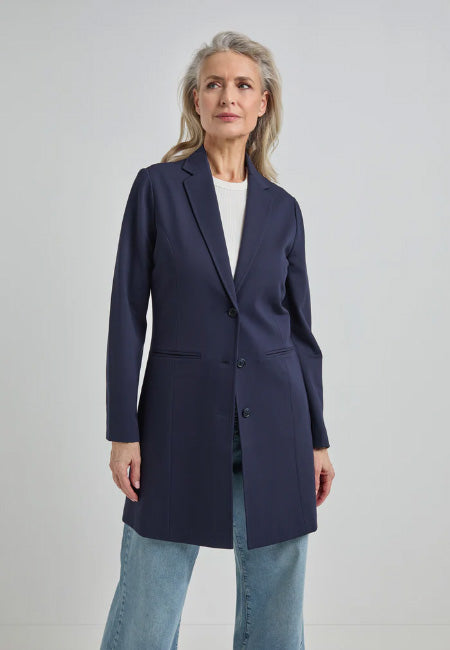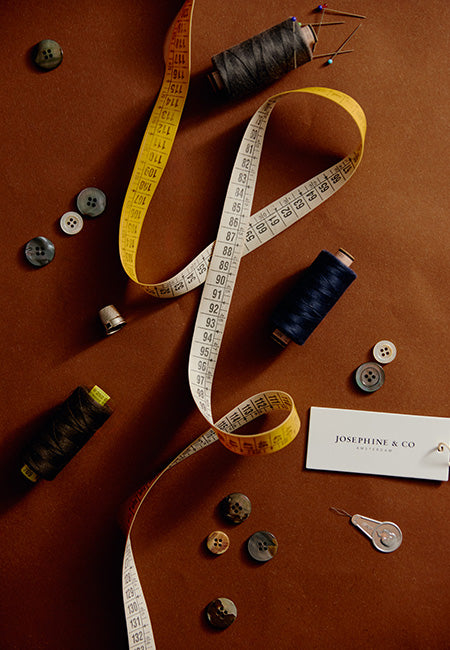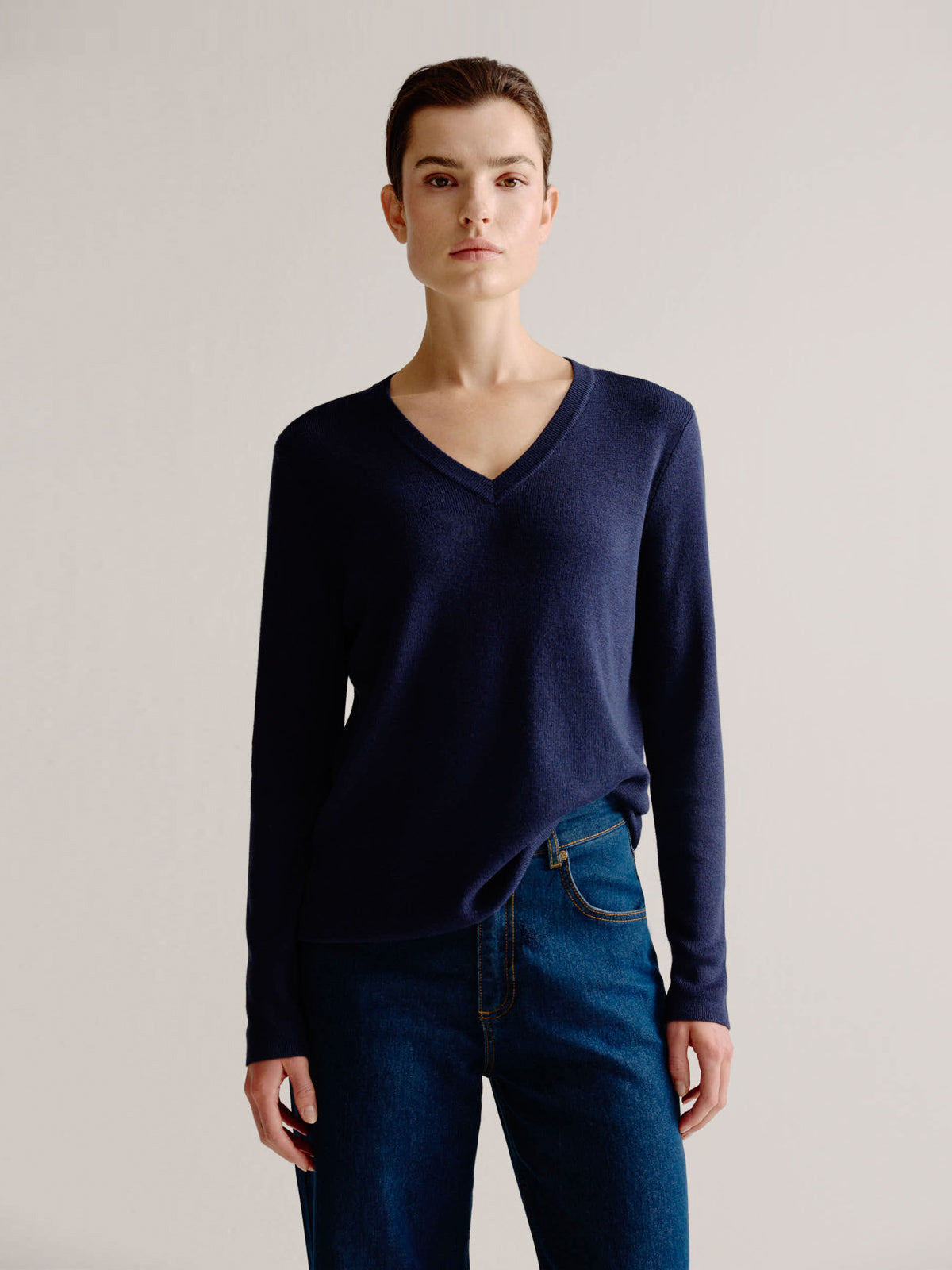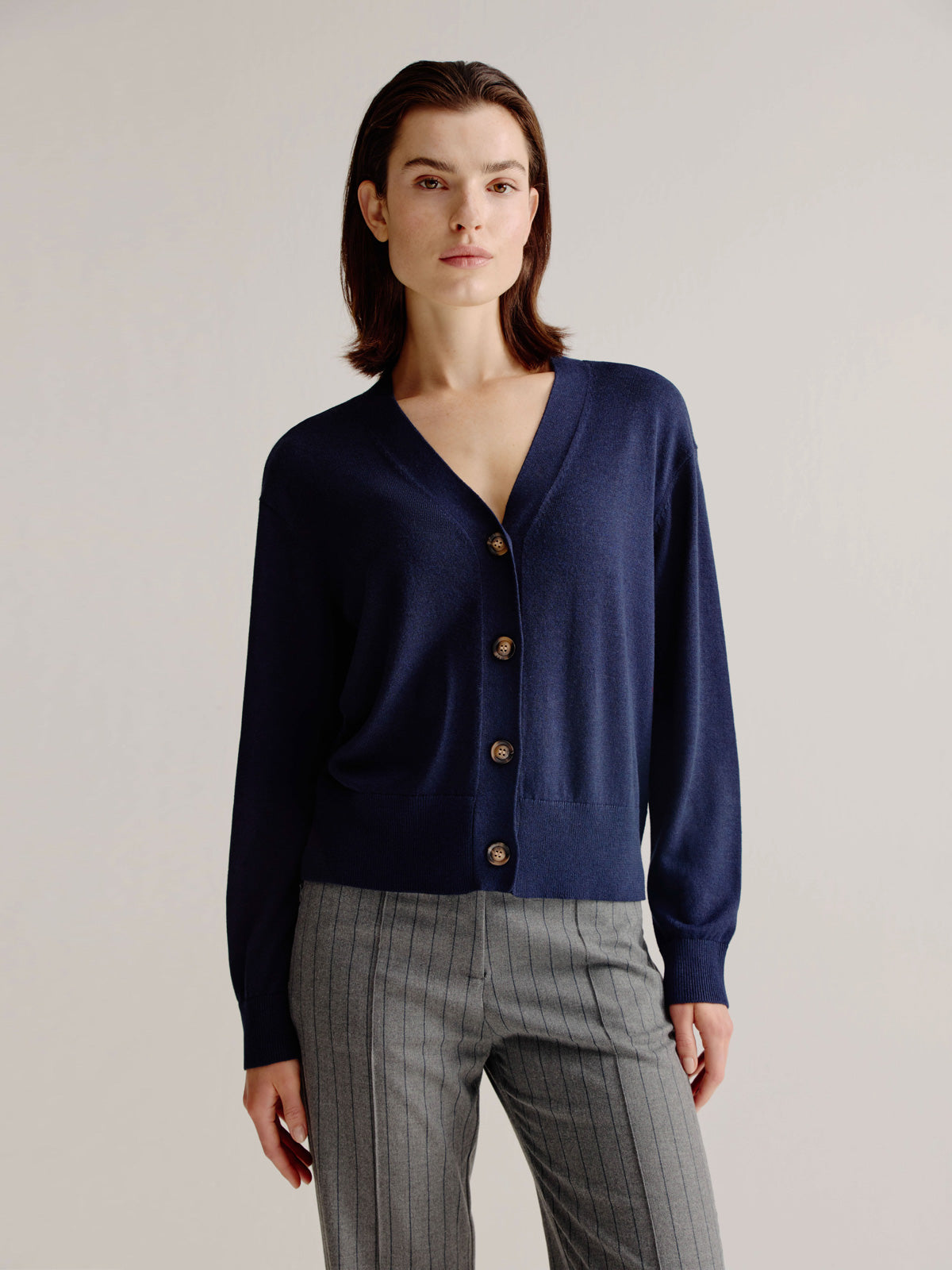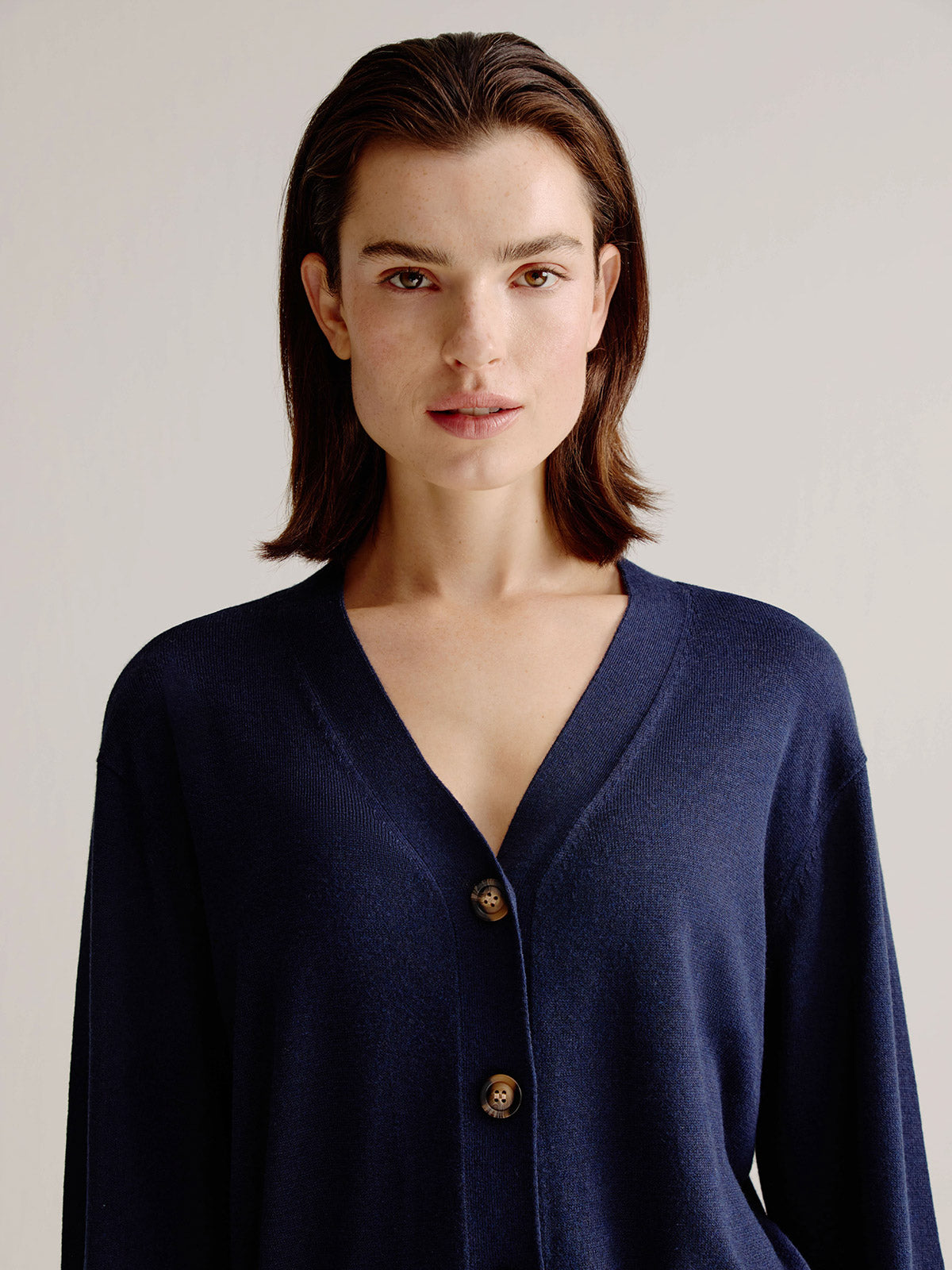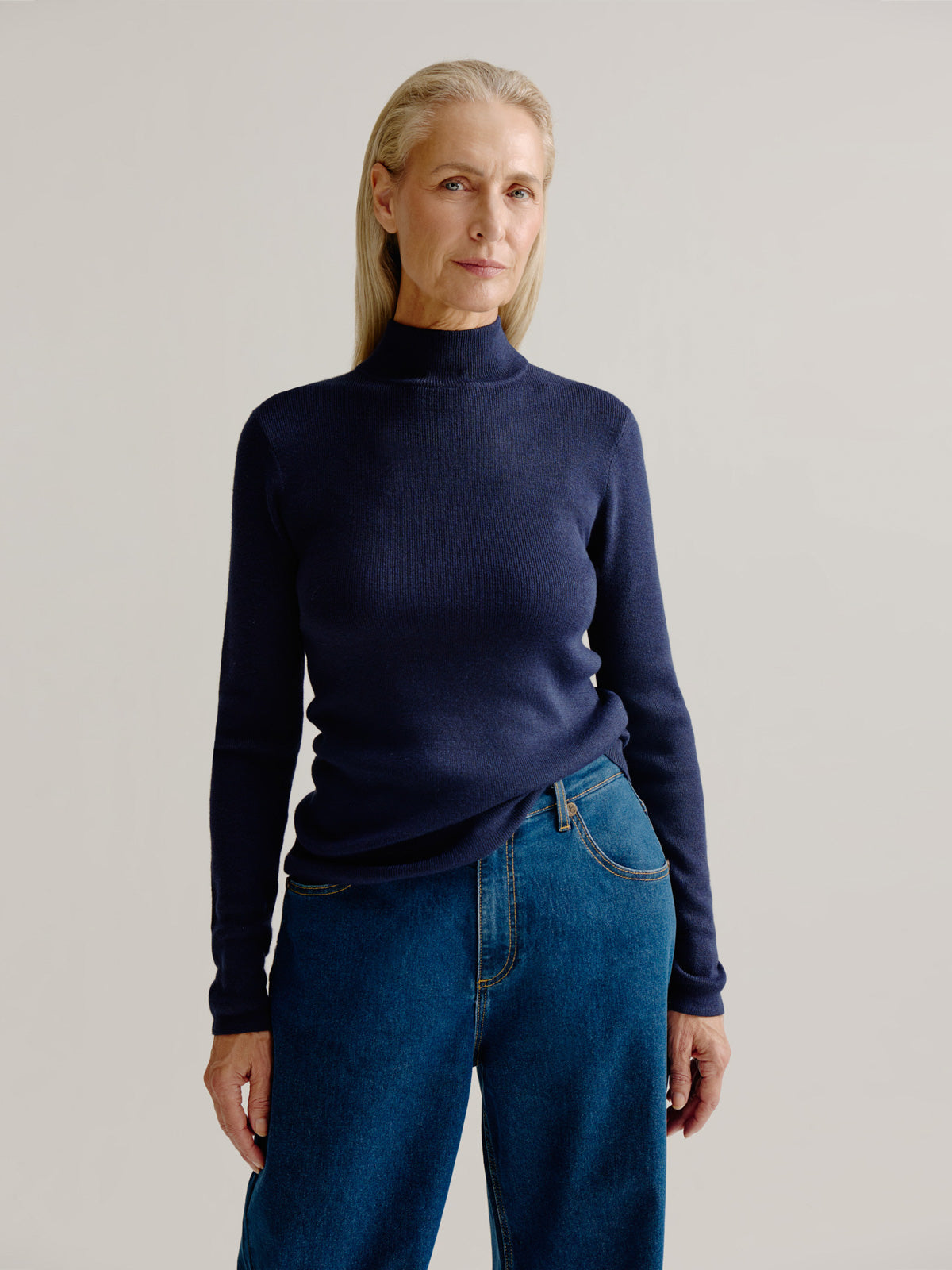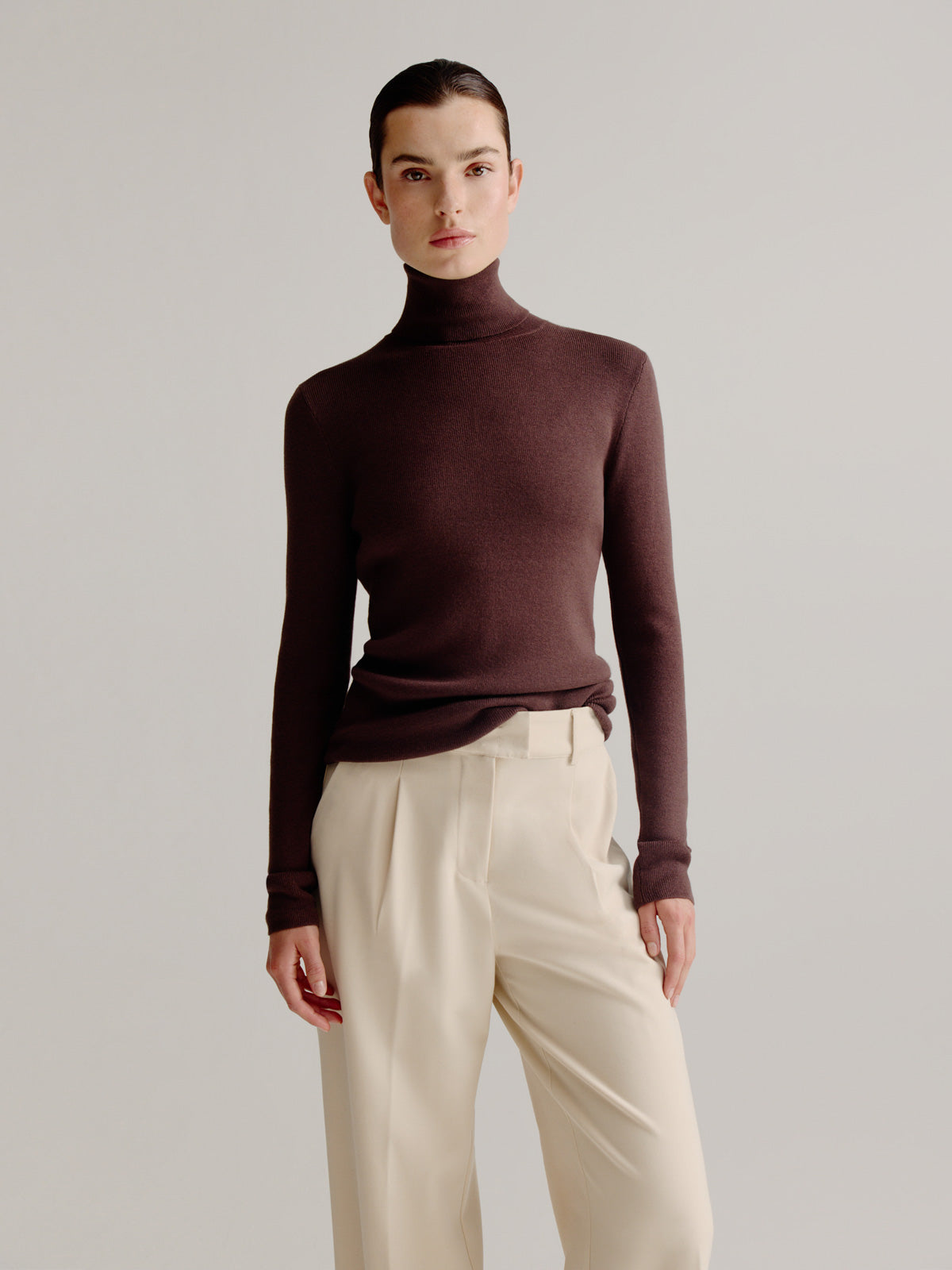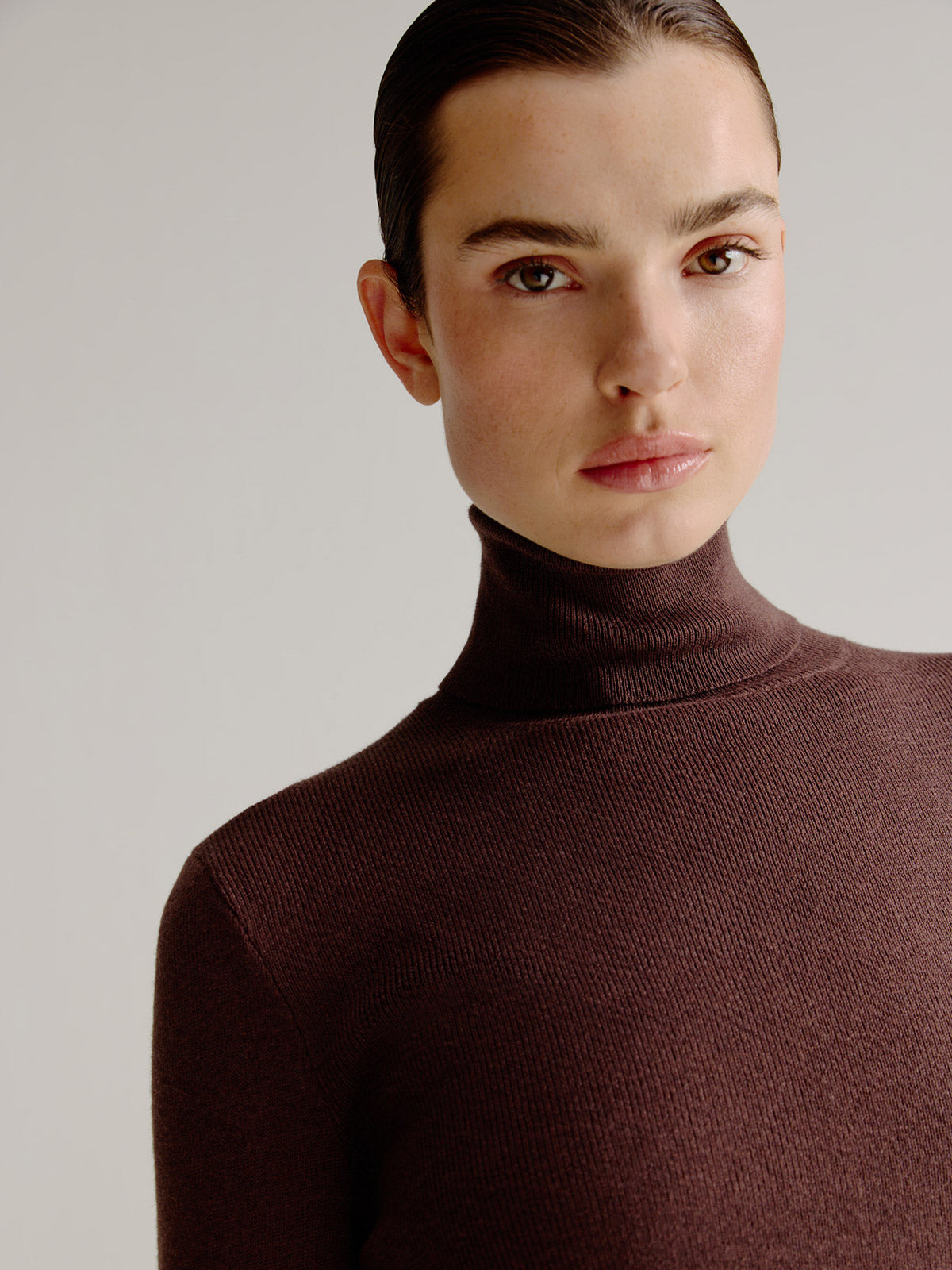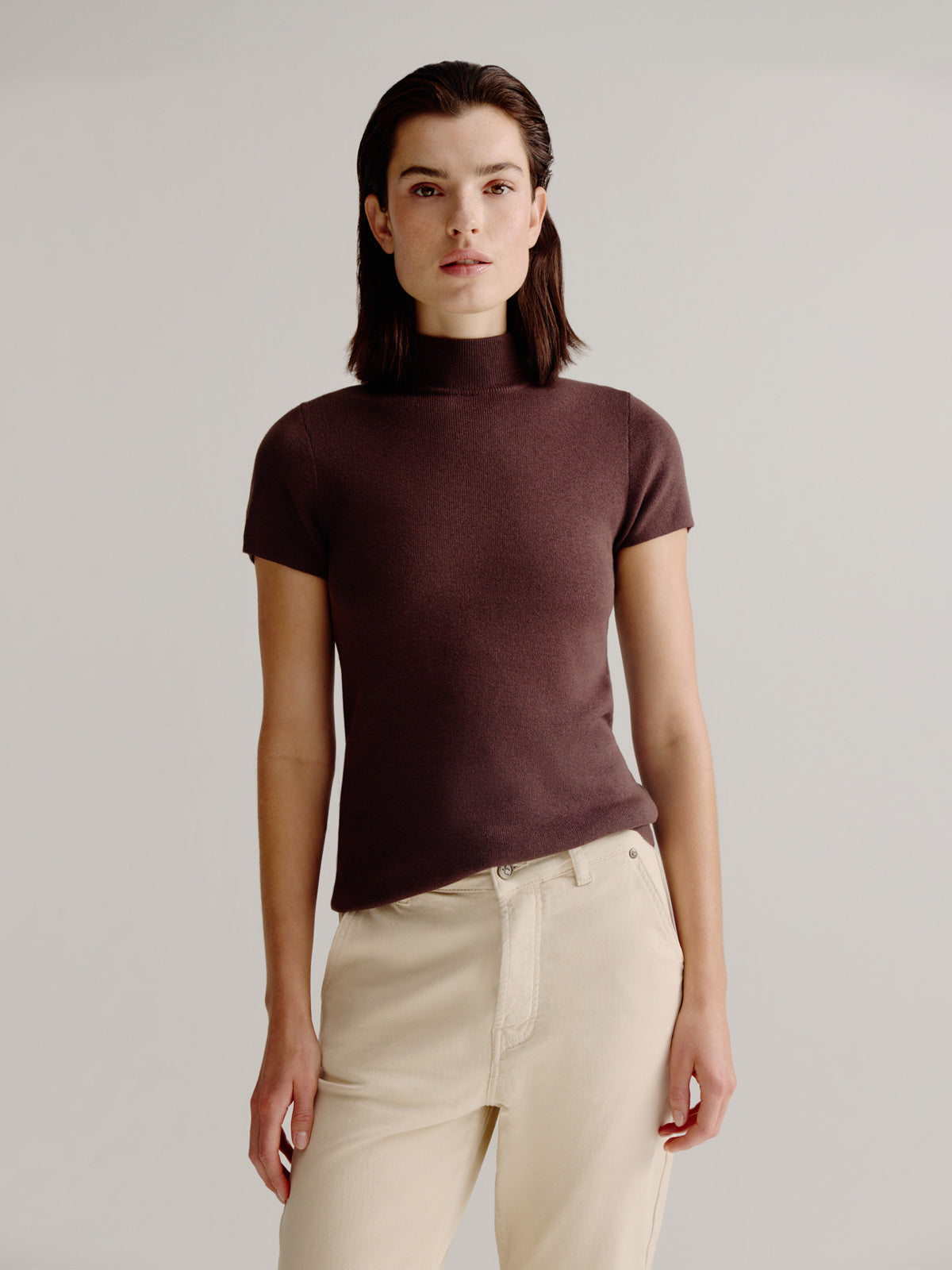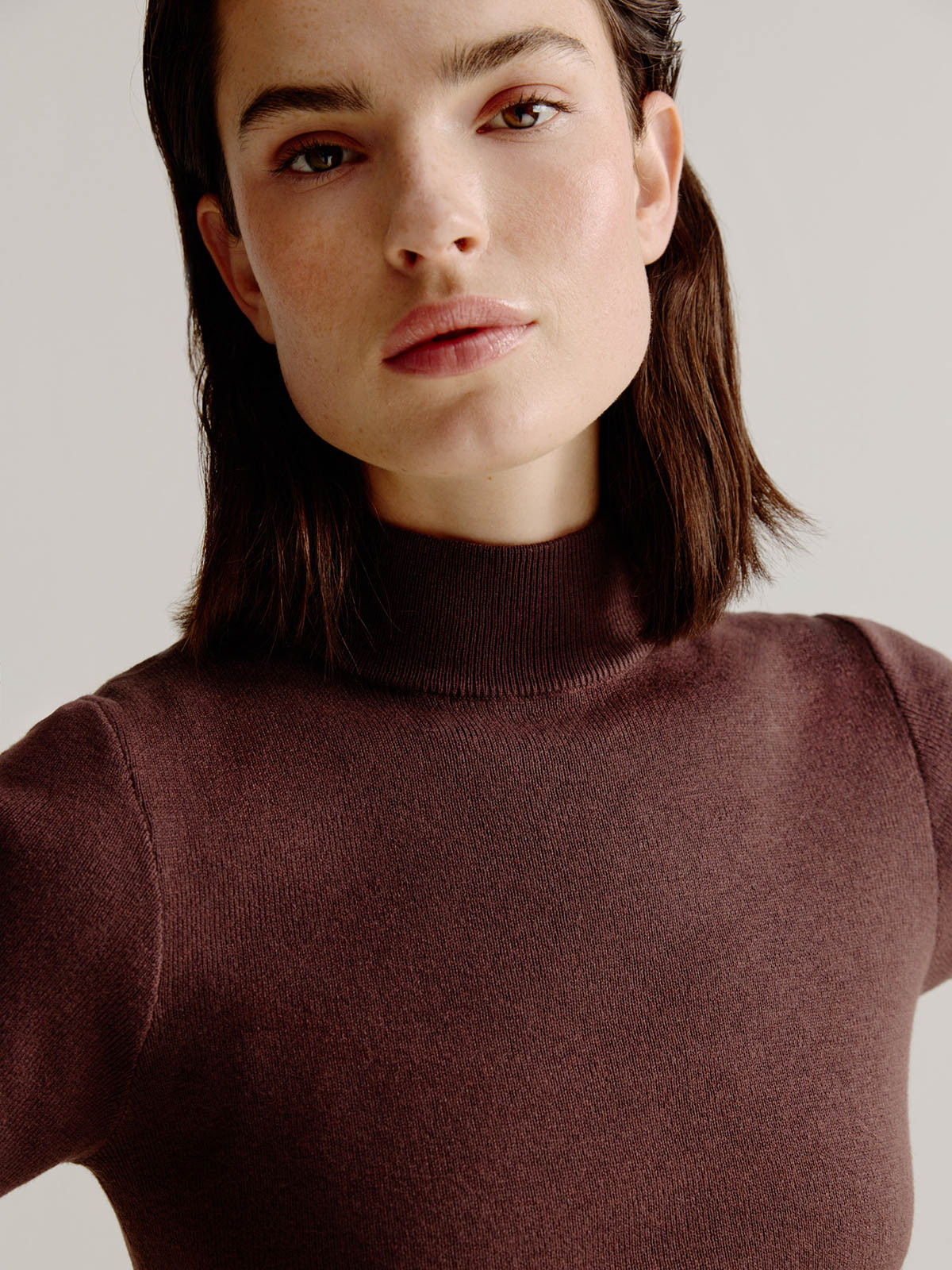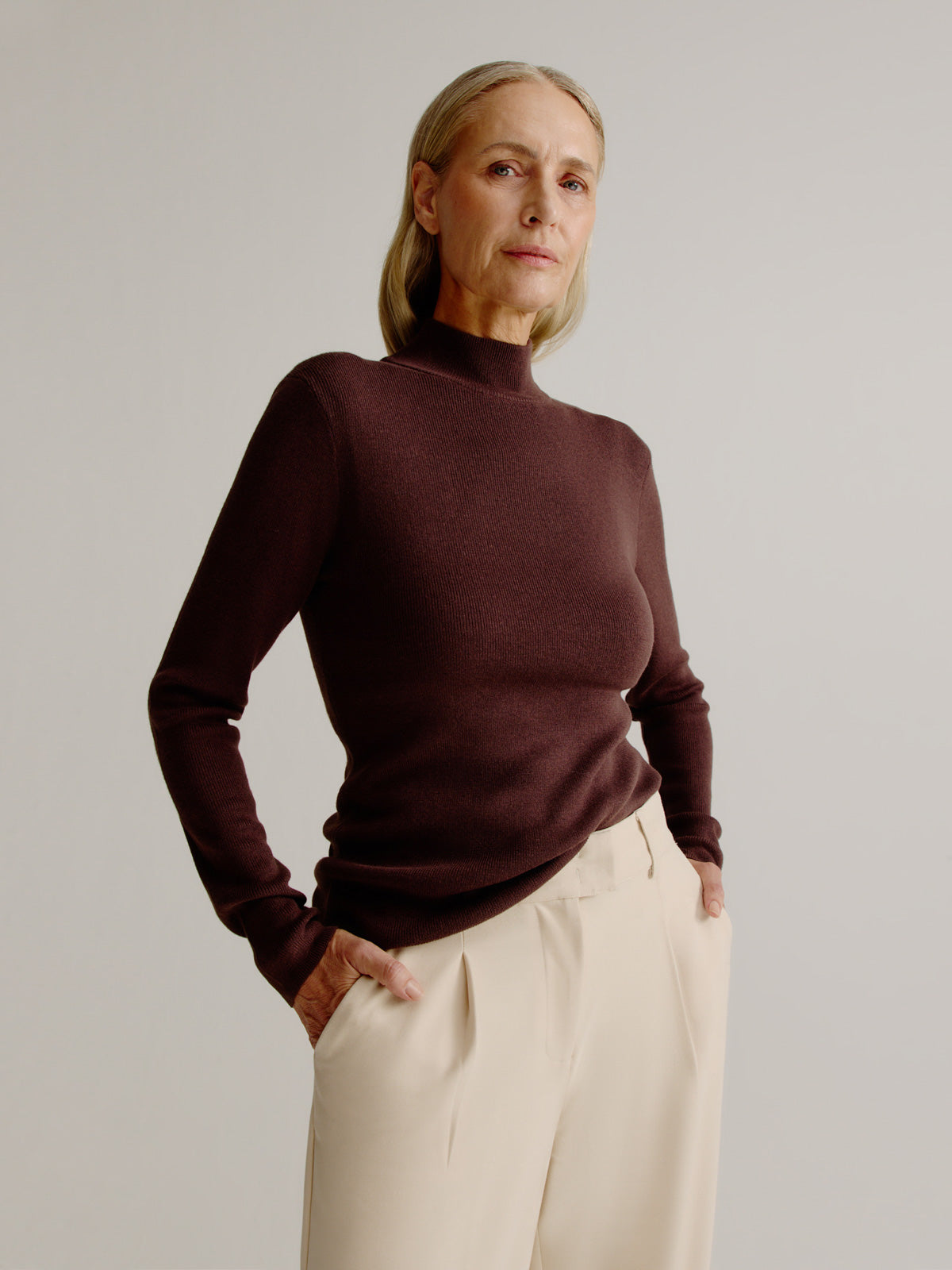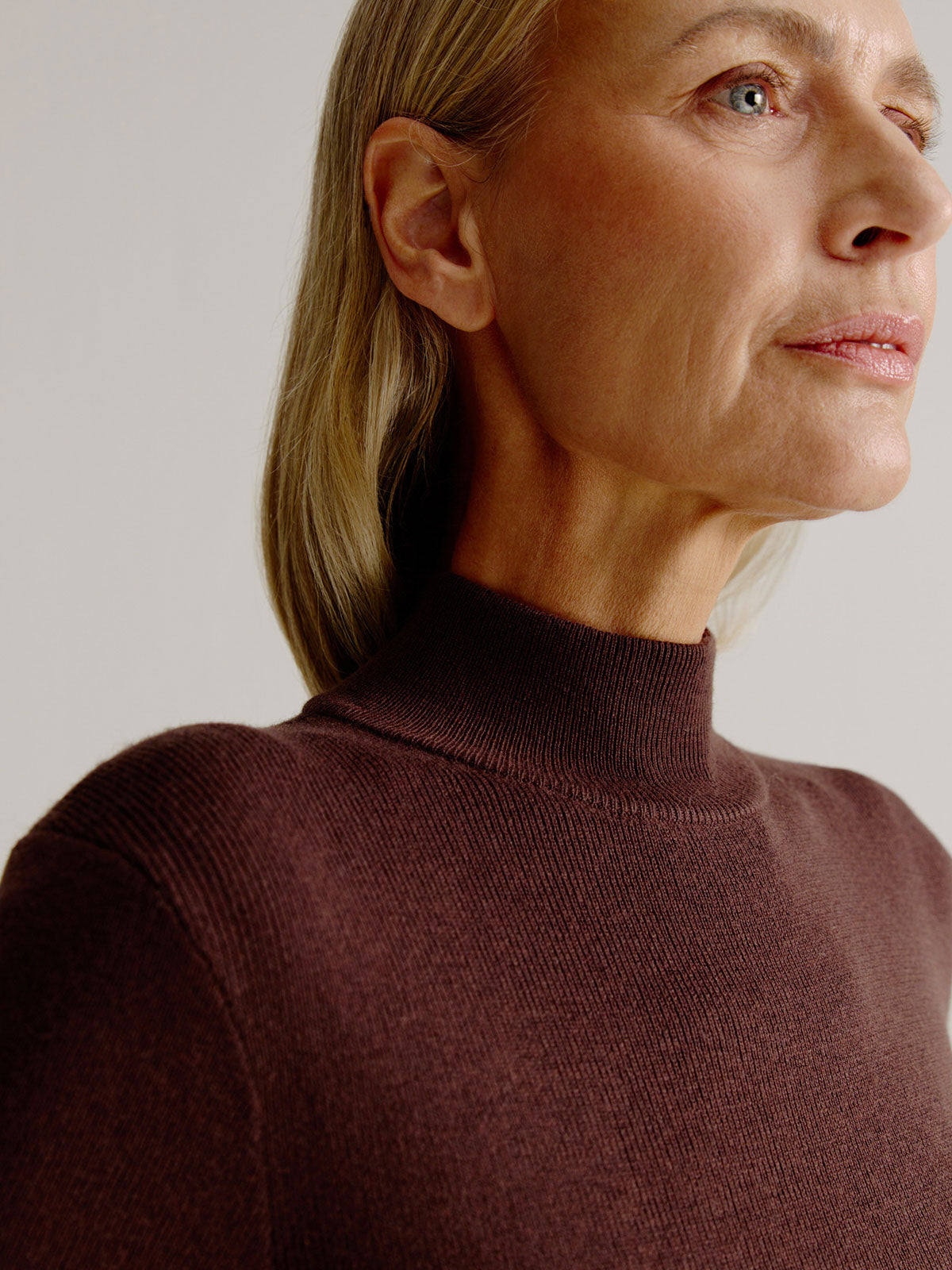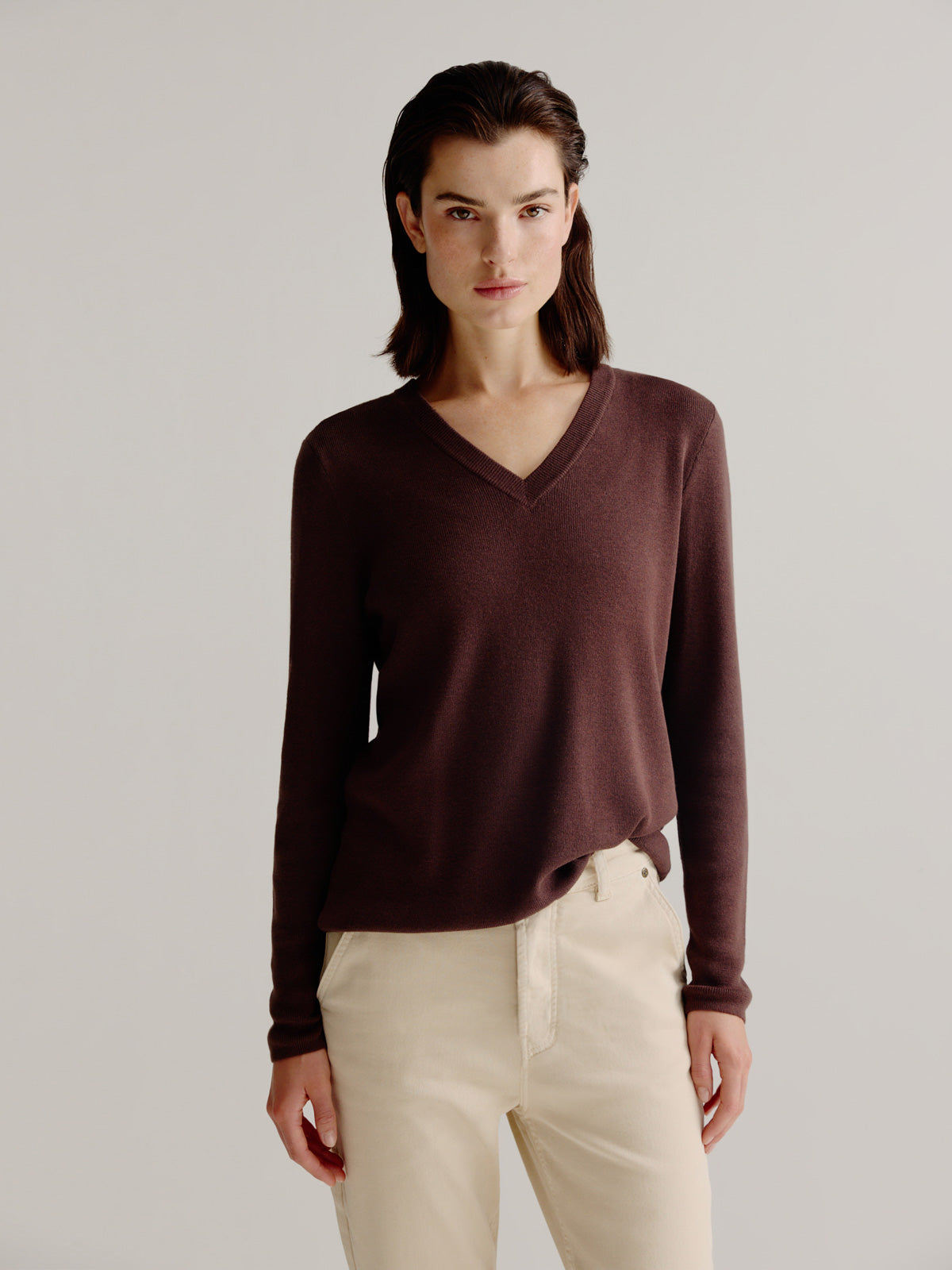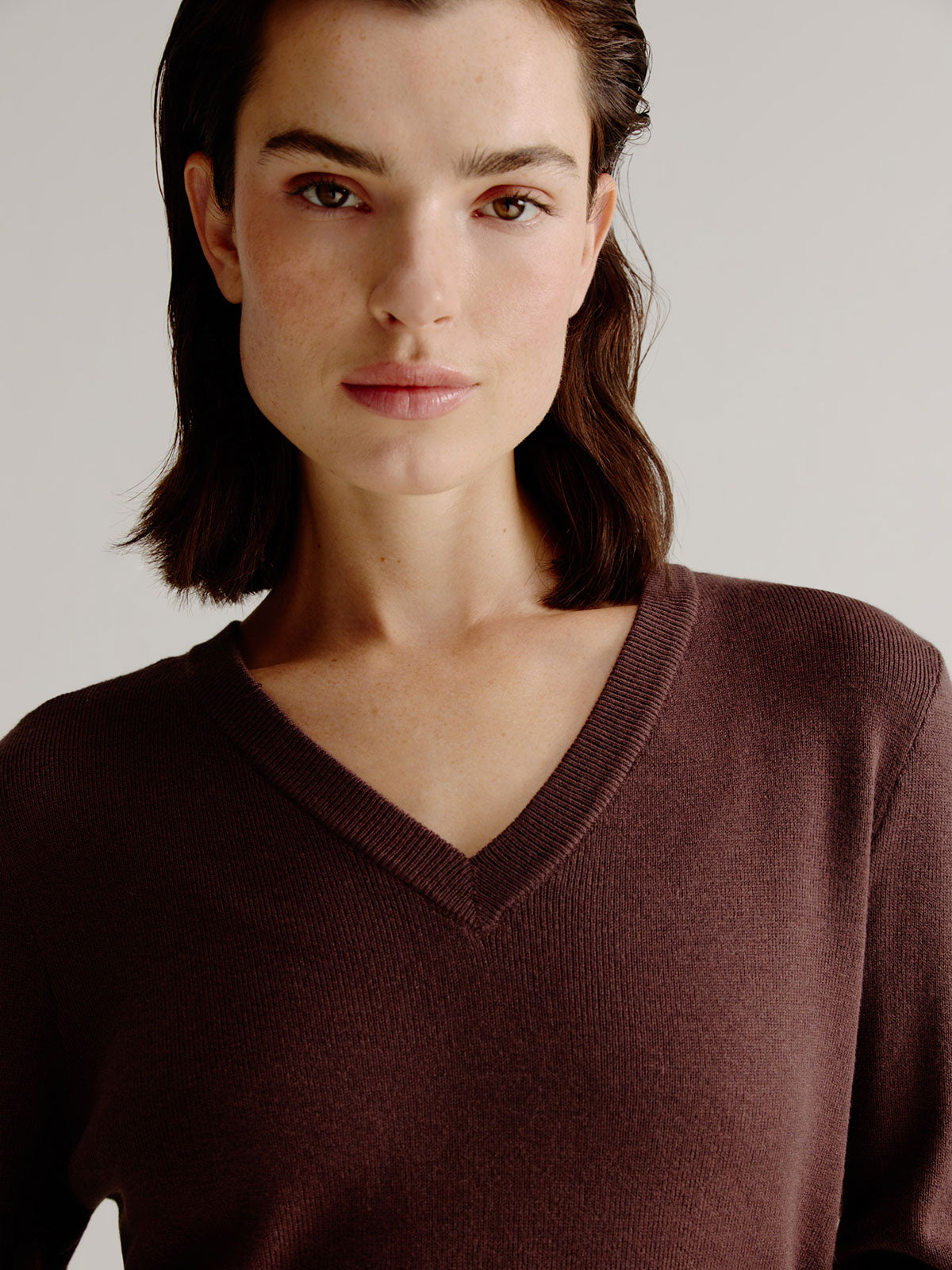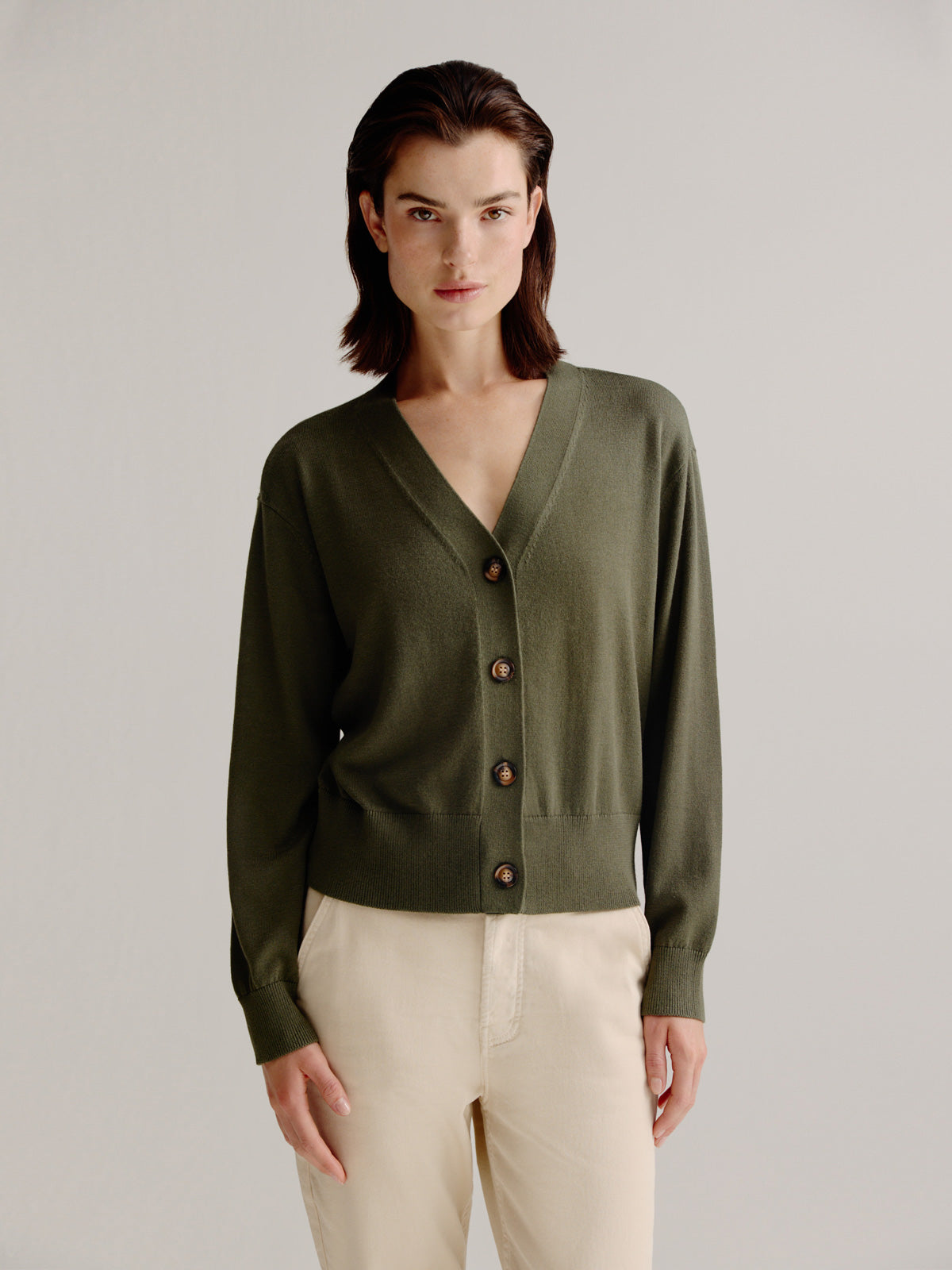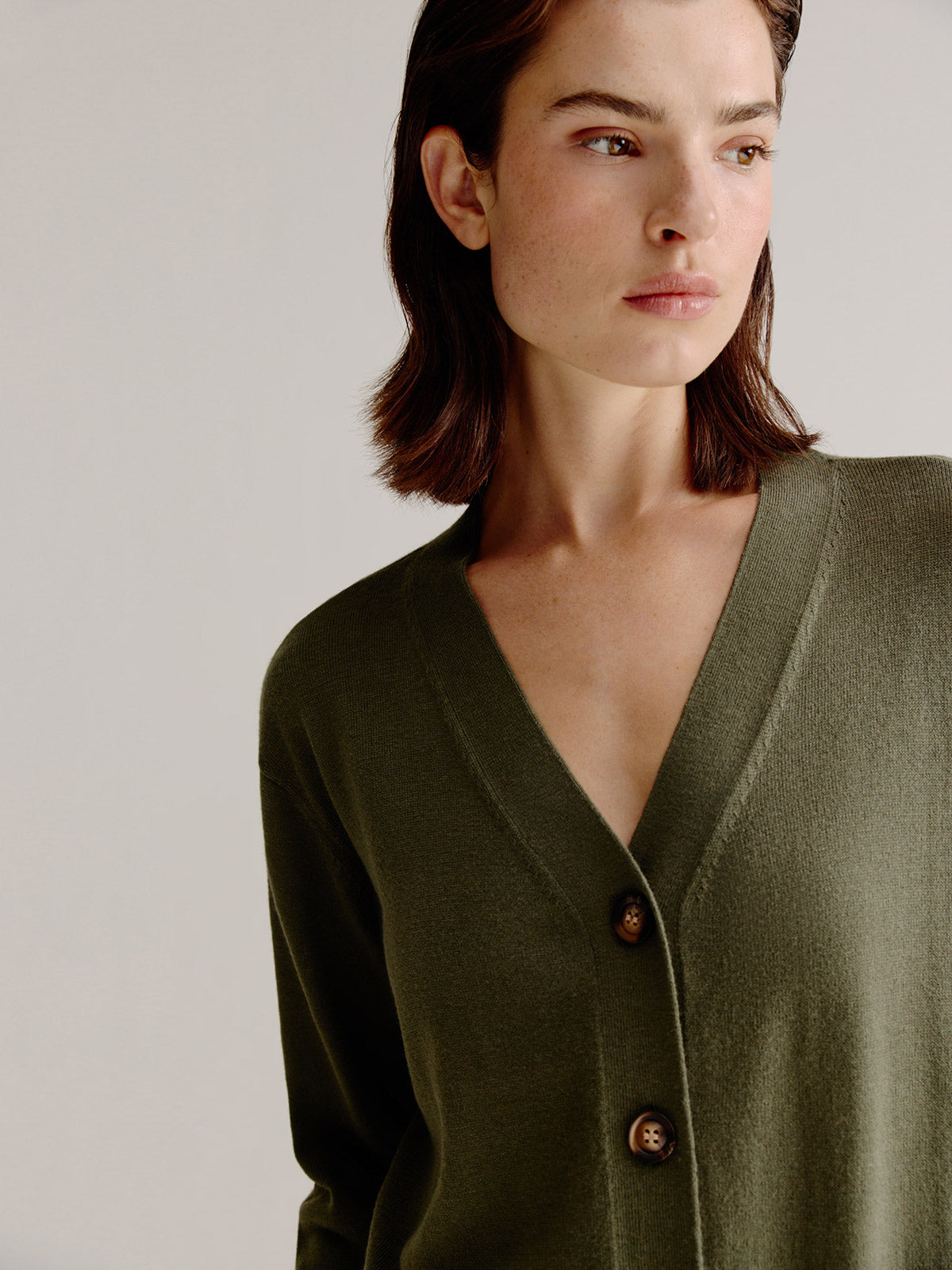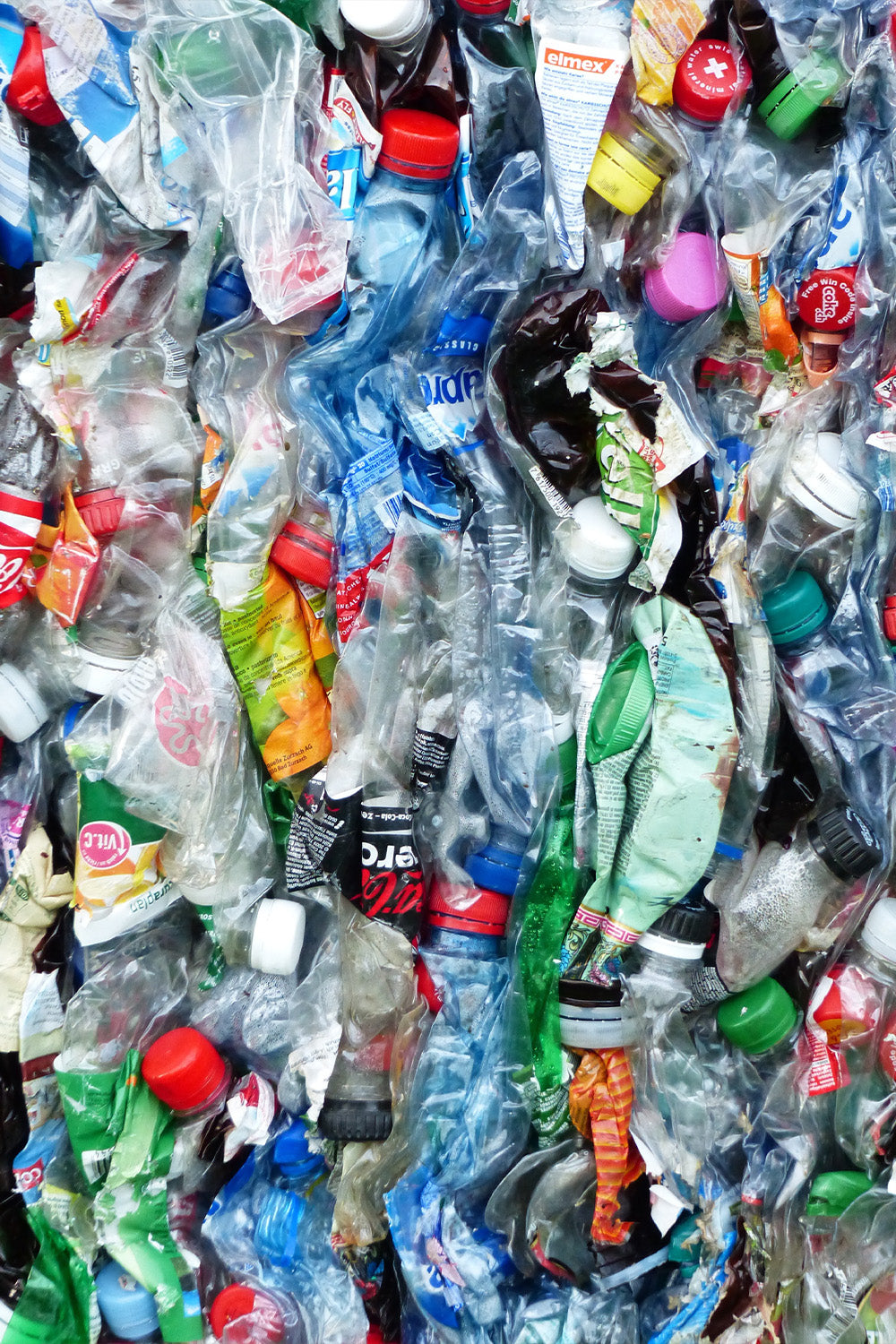
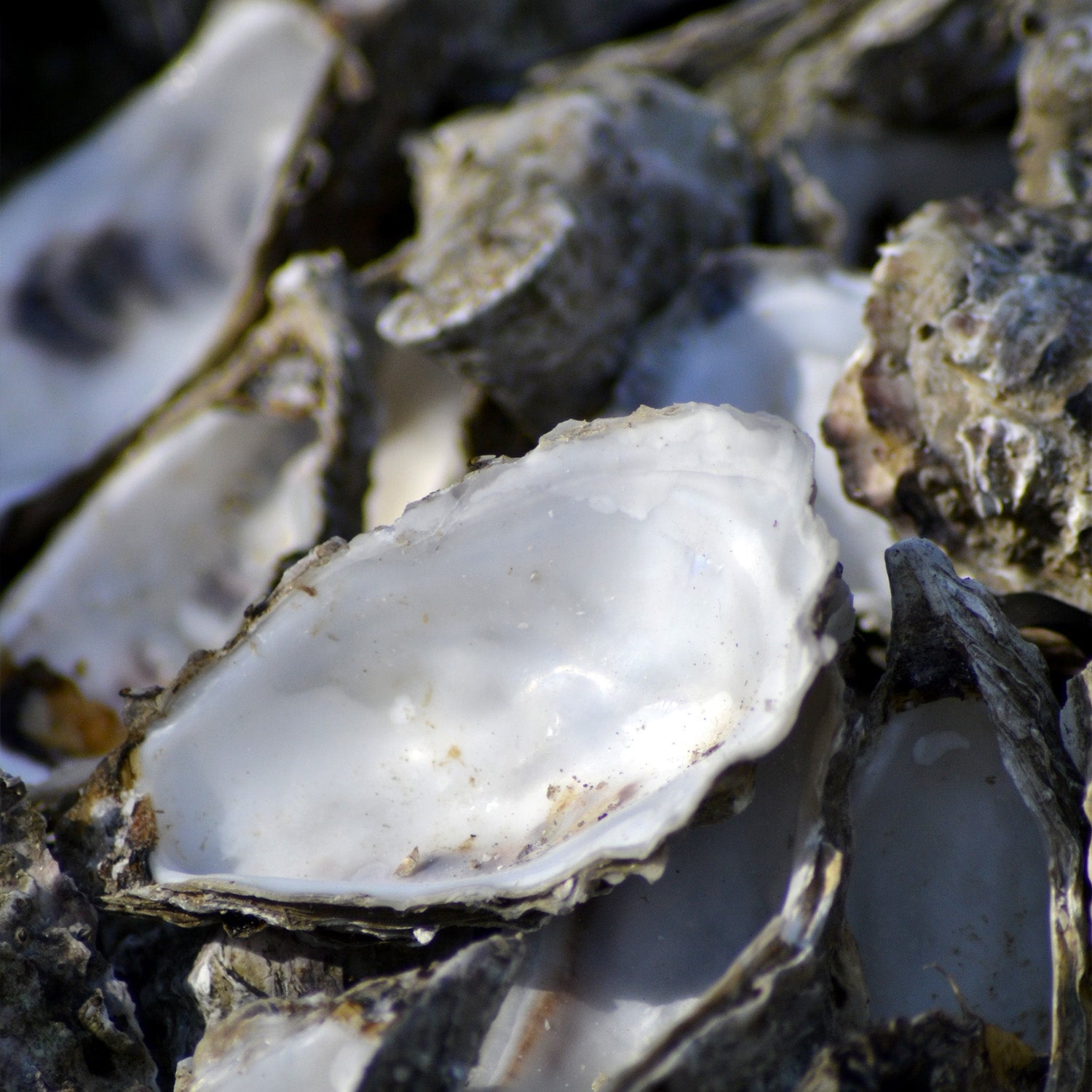
New at Josephine & CO: Seawool®. This innovative, sustainable alternative for ‘regular’ wool is crafted from PET-bottles and oyster shell, both post-consumer waste originated from the sea. Featuring characteristics that are 99% similar to those of animal wool, the name Seawool® is as as spot-on as it gets.
WHAT MAKES SEAWOOL® SPECIAL?
Seawool’s excellent suitability for for fashion garments is rooted in a bunch of signature benefits listed below.
✓ As soft as wool
✓ Non itching
Well tolerated by people with wool allergy
✓ Antistatic
Doesn’t cling to skin, hair or other textile fibres
✓ Odor resistant
Similar to merino wool: airing outdoor
✓ Moist wicking
Pulls moist away from the skin towards garment surface
✓ Quick drying
✓ Thermo regulating
cool in summer, insulating in winter, all-season purpose
✓ Crease resistant
Wash, dry, wear
✓ Colour fast
Fades less than regular wool
✓ Sustainable in multiople aspects:
- Prevents & reduces plastic waste
- Upcycling waste, new purpose without
- Exhausting natural resources
- Long lifespan, slow replacement pace
- In pure form cradle-to-cradle, fit for (re-)recycling
✓ Strong
Lasting quality
SEAWOOL® – WHAT IS IT?
Similar to other textile fibers, Seawool® fibers are spun into yarns suitable for knitting and weaving. The genius of seawool® comes with the ingredients being innovative as well as fairly unusual: (PET)plastic waste and oyster shells.
PET-plastic
Large volumes of PET-plastic, mainly single-use bottles and containers, get trapped in our oceans. This so-called plastic soup is an environmental disaster: we desperately need to intervene, or else by 2050 there will be more PET-bottles swimming in the sea than fish. It takes an average of 450 years for a PET-bottle to be fully decomposed by natural bacteria.
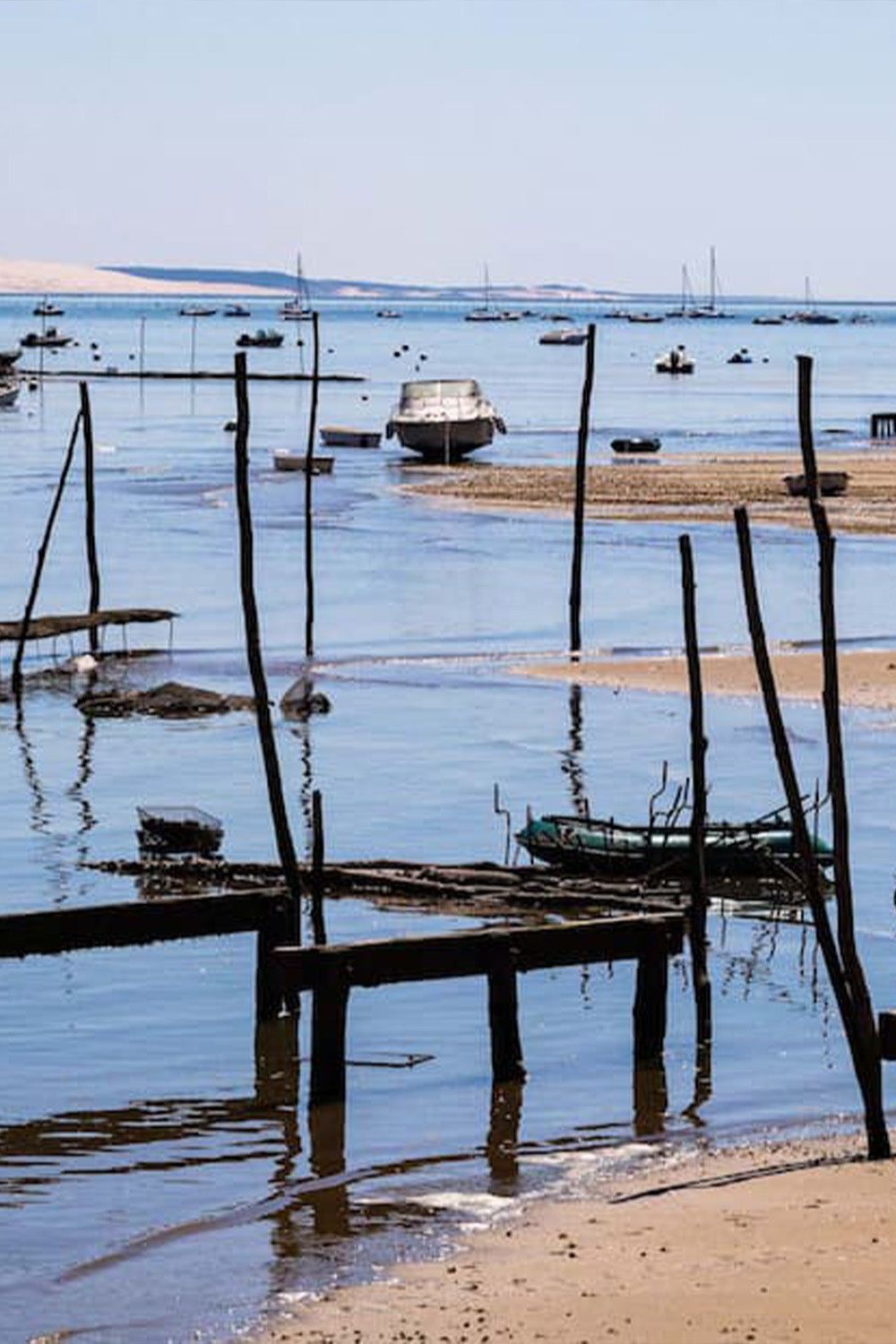
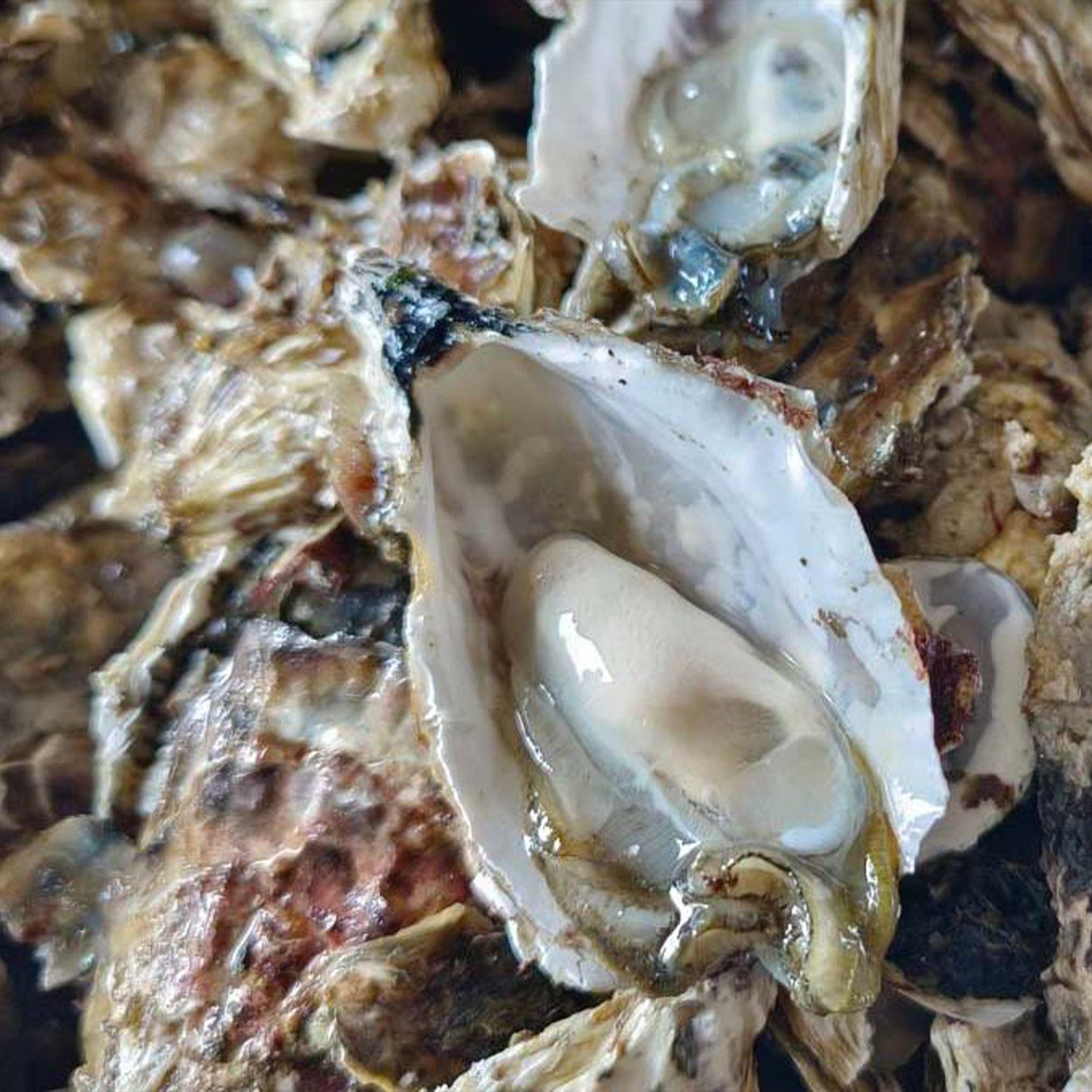
Oyster shells
This by-product of oyster farms, delivering seafood to top-noth restaurants worldwide, may be 100% natural, yet the piles of empty shells at the storing facilities cover the soil, ruling out vegetation while causing a faul odour.
PET-plastic is cut into chips, melted down to granules and ultimately 'sprayed' into very fine filament threads. The oyster shells are cleaned at high temperatures and ground into powder, which is mixed with the recycled PET filaments. This base material is further processed into textile yarn, suitable for weaving and knitting.
BLENDS WITH SEAWOOL®
Seawool® blends serve the same purpose as animal wool blends: to further optimise characteristics, tweak fabrics and knits to a different look & feel, add strength to thin fabrics or keep chunky knits lightweight. Frequently used blends are:
- Blend with polyamide - improving wear resistance, adding stretchability, optimising shape retention.
- Blend with viscose – pairing the best benefits, making yarns supple & smooth
FROM TRASH TO TREASURE
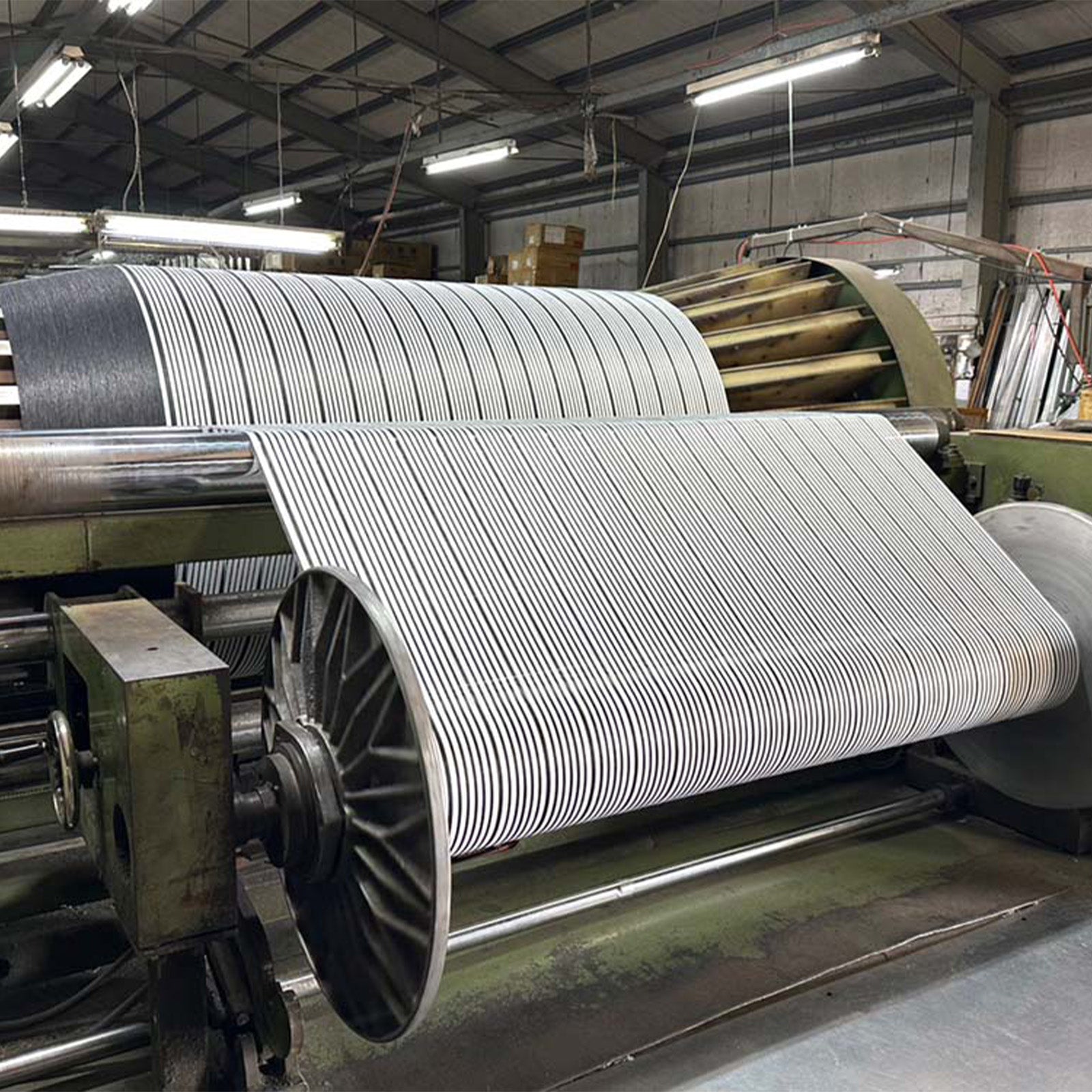
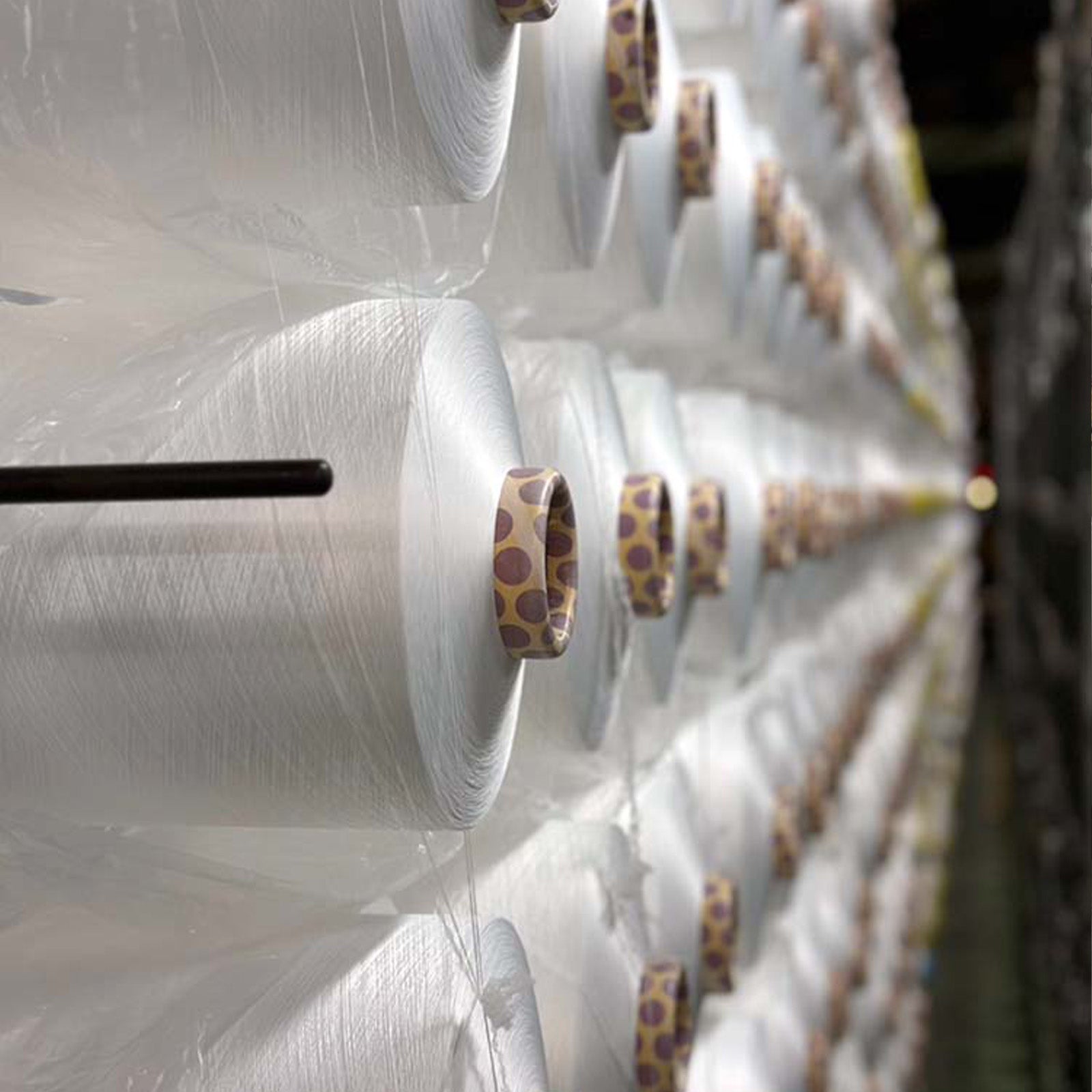
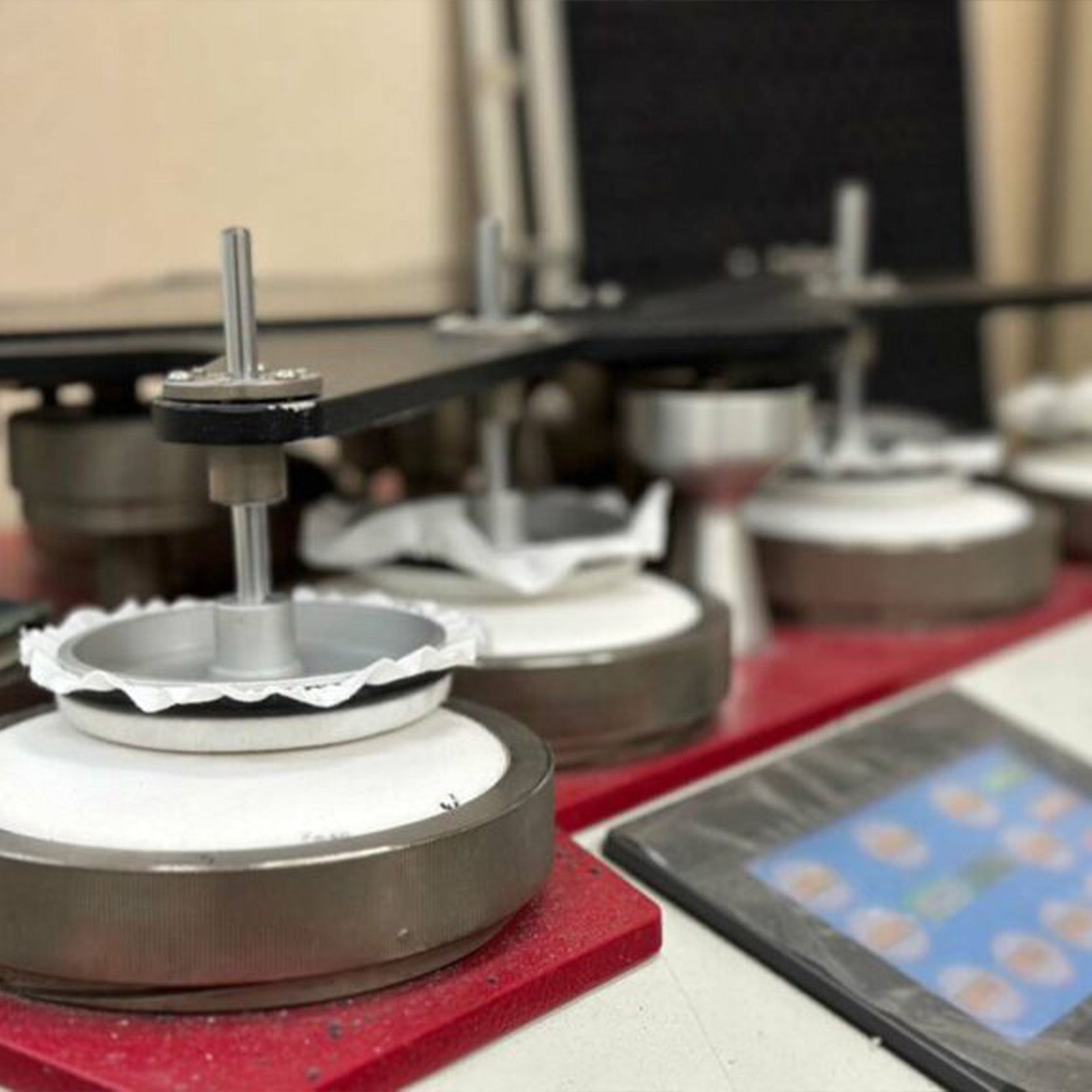
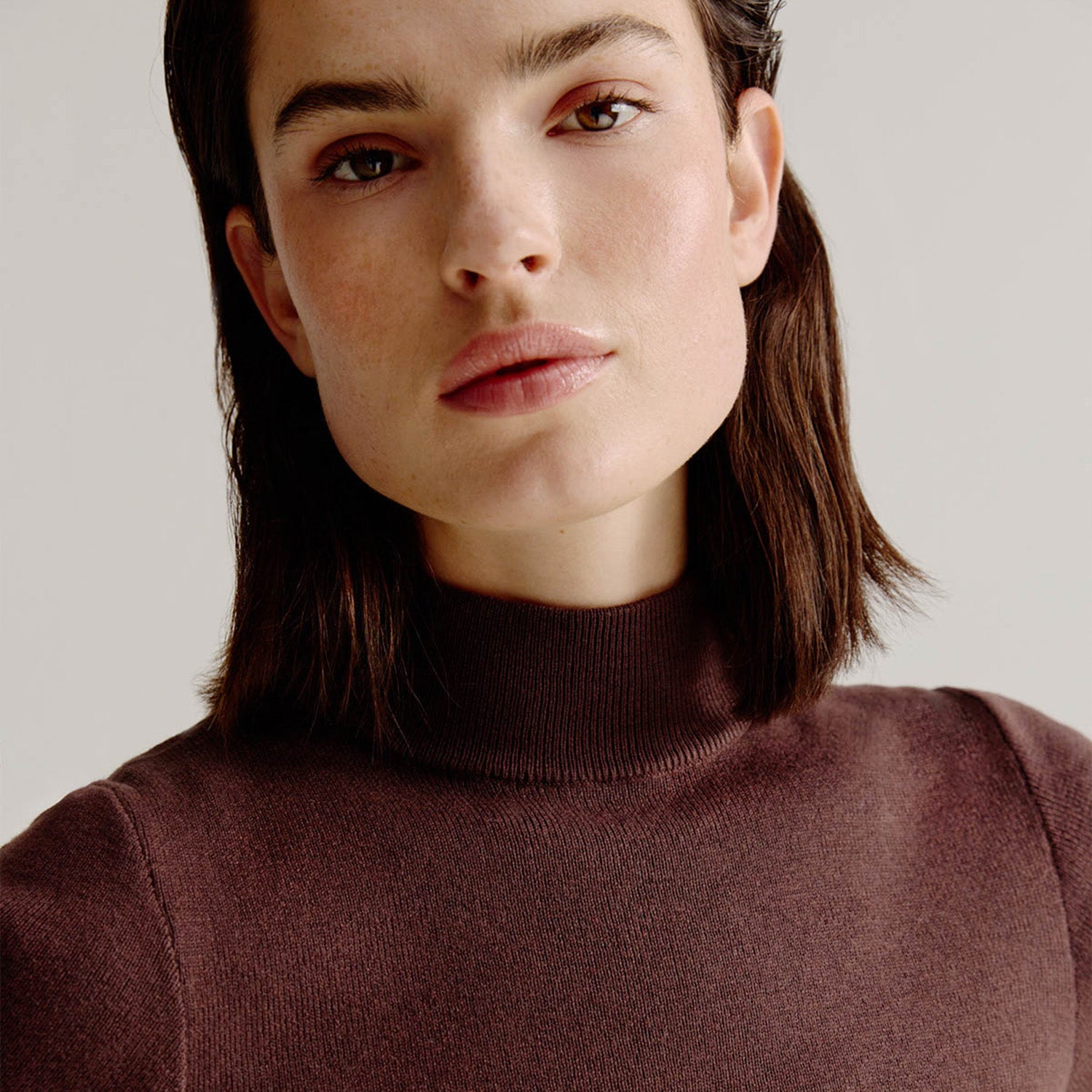
SEAWOOL®– FROM TRASH TO TREASURE
Seawool® fibers are spun into yarn, yarn is woven into fabric or knitted into garments. Each type of fabric and each type of knit brings its own character. Fine or coarse, smooth or fluffy, matte or shiny, plain or striped, dotted, brushed... it's all about the right look, as fashion and style are constantly in motion. This is why a growing number of items in the Josephine & Co webshop come with a click & learn link that takes you directly to a text explaining the ins & outs of fabrics and knits. We love to see you confidently and well-informed enjoying your ultimate fashion find or timeless new forever piece by Josephine & Co.
SEA YOU IN OUR SEAWOOL®


